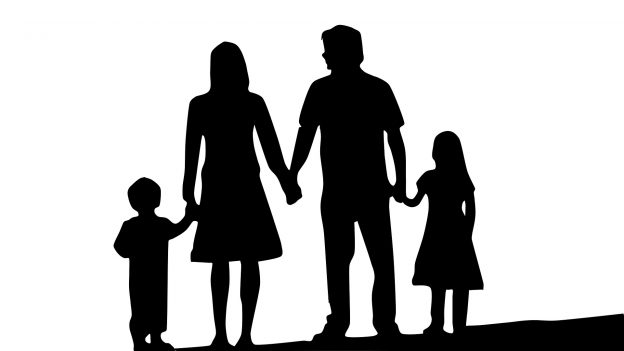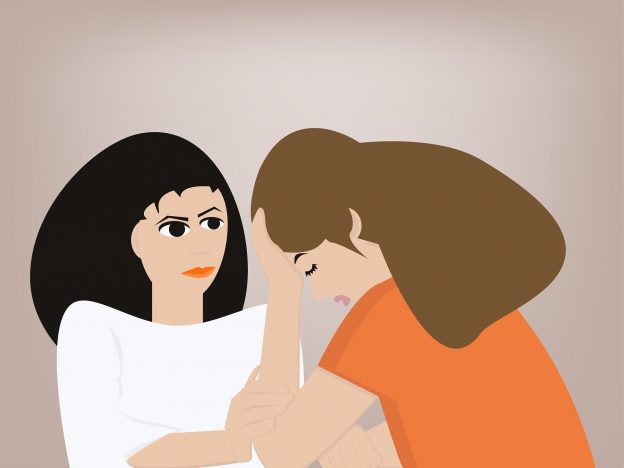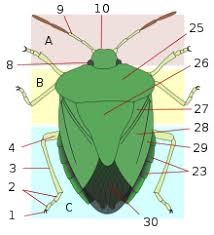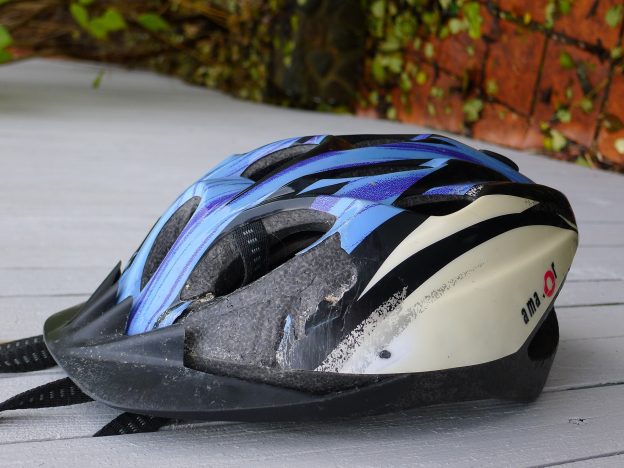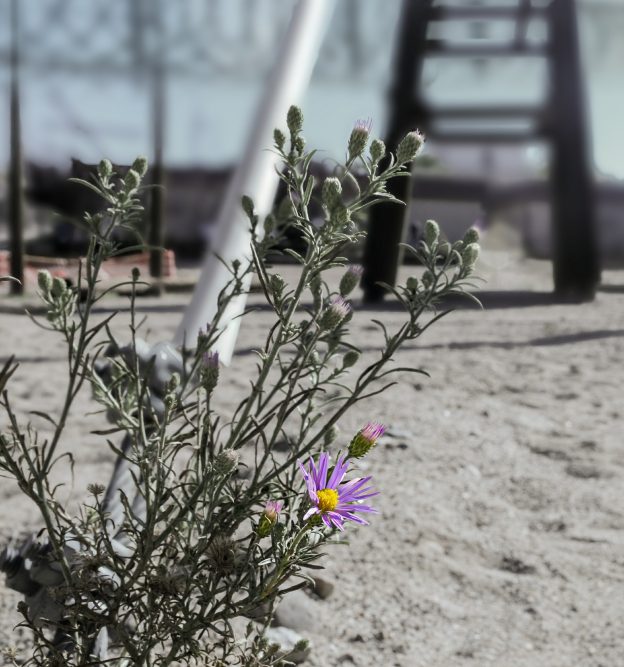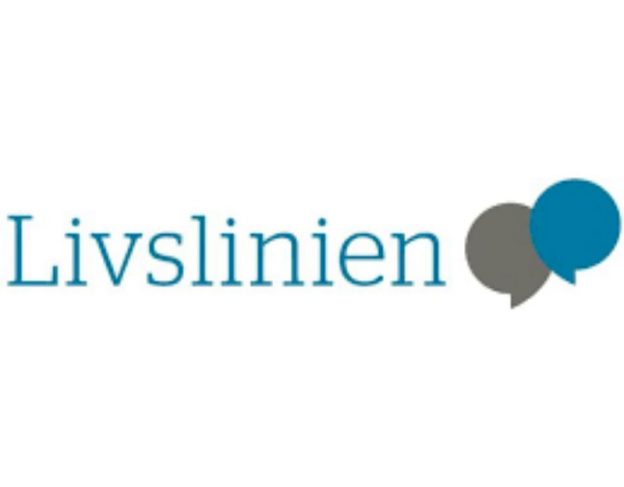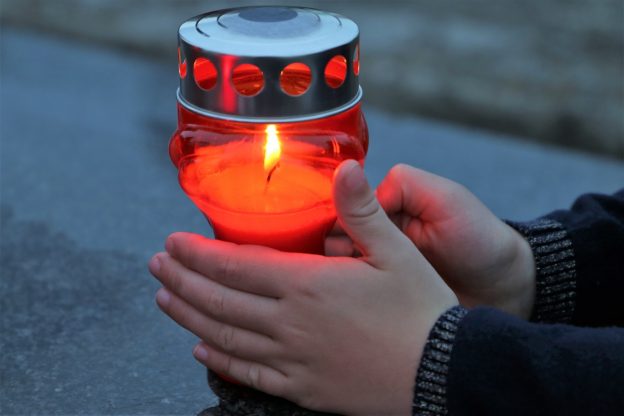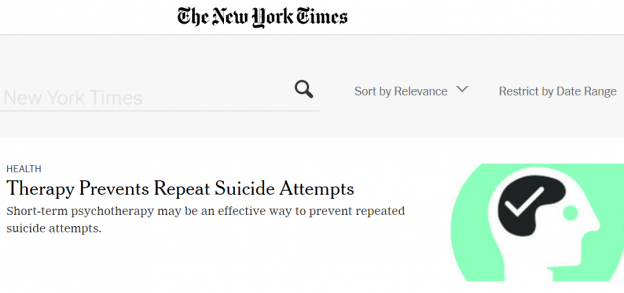Previous studies have suggested that transgender individuals may constitute a high-risk group in terms of suicide attempts and suicide, but the existing knowledge was primarily based on surveys. Large, population-based studies were lacking.
DRISP conducted an analysis of suicide attempts and mortality among transgender individuals in Denmark. The study aimed to investigate whether transgender individuals in Denmark have higher rates of suicide attempts and mortality compared to non-transgender individuals.
The study was nationwide and based on registry data, and it included over 6.6 million individuals born in Denmark, aged 15 or older, and residing in the country at some point between January 1, 1980, and December 31, 2021. Transgender identity was determined through national hospital records and administrative records of legal gender change. The results showed that transgender individuals had significantly higher rates of suicide attempts, suicides, non-suicidal deaths, and overall mortality compared to non-transgender individuals.
The results indicated that despite decreasing suicide attempt and suicide rates over the 42 years examined, the adjusted rates remained significantly elevated in the recent periods up to and including 2021 for all the categories studied. Transgender individuals had a 3.5 times higher risk of suicide and a 7.7 times higher risk of suicide attempts than the general population.
The study emphasizes the need for attention to the specific challenges faced by transgender individuals and the implementation of measures to reduce suicide attempts and improve their overall health and well-being.
The head of program at the Danish Research Institute for Suicide Prevention (DRISP), Annette Erlangsen, stated: “We knew from foreign studies that transgender individuals have an increased risk of suicidal behavior, so it is good to be able to put precise numbers on the relationship. Transgender individuals who have suicidal thoughts may be less likely to seek help from existing psychiatric services because they do not want it to be documented in their patient records, possibly hindering access to later treatment. Danes see ourselves as pioneers in the LGBT+ field, and we have suicide prevention treatments that work, but we lack solutions to this problem.”
Morten Frisch, a senior physician at Statens Serum Institut and the head of the population study Project SEXUS, adds: “Our new study stands out as the world’s first nationally comprehensive study on the suicidal behavior and mortality of transgender individuals. Hopefully, the clear results of the study will help focus attention on the challenges in life that significantly increase the risk of suicide attempts and death among transgender individuals. It is an unmistakable and concerning sign of distress among Danish transgender individuals when this group has an almost eight times higher prevalence of suicide attempts than other Danes.”
Susanne Branner Jespersen, the secretariat manager at LGBT+ Denmark, states: “These are very alarming figures, which unfortunately we were already too familiar with. The numbers indicate that there is a long way to go before we destigmatize what it means to be transgender and create better conditions for them throughout their lives. We all have a great responsibility for this, and the current public debate about what it means to be transgender does not always promote understanding.”
The study was published in the prestigious journal: JAMA Network.
You can find the study and read more here: https://jamanetwork.com/journals/jama/article-abstract/2806531
The project was conducted in partnership with prof Morten Frisch from the Serum Institute and LGBT+ Denmark.
The project in other media:
https://www.nytimes.com/2023/06/27/health/transgender-suicide-risk-denmark.html


